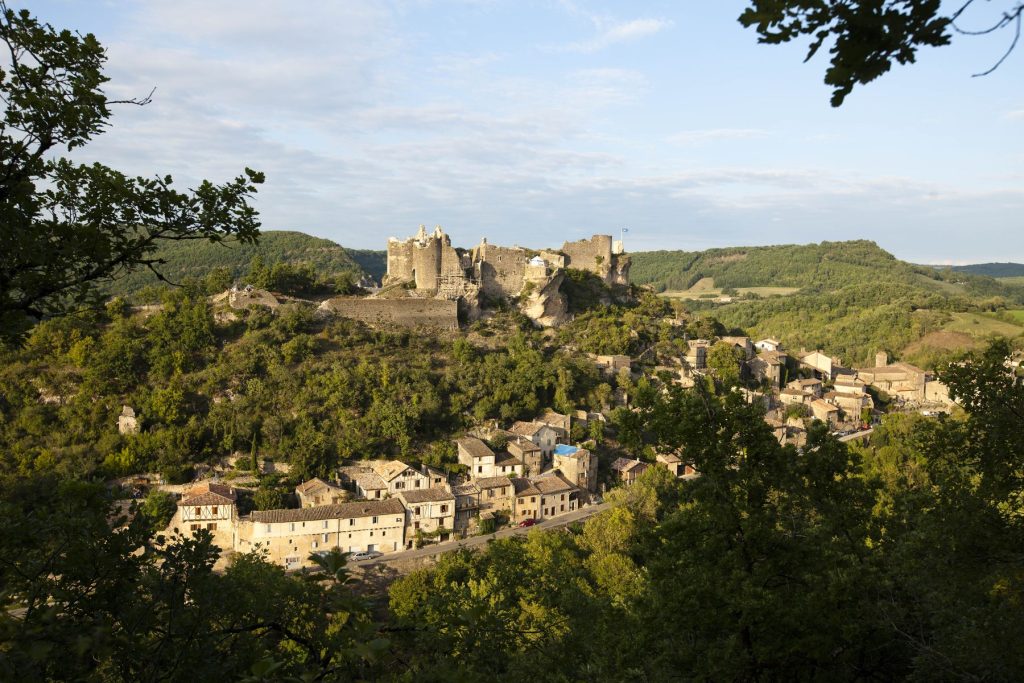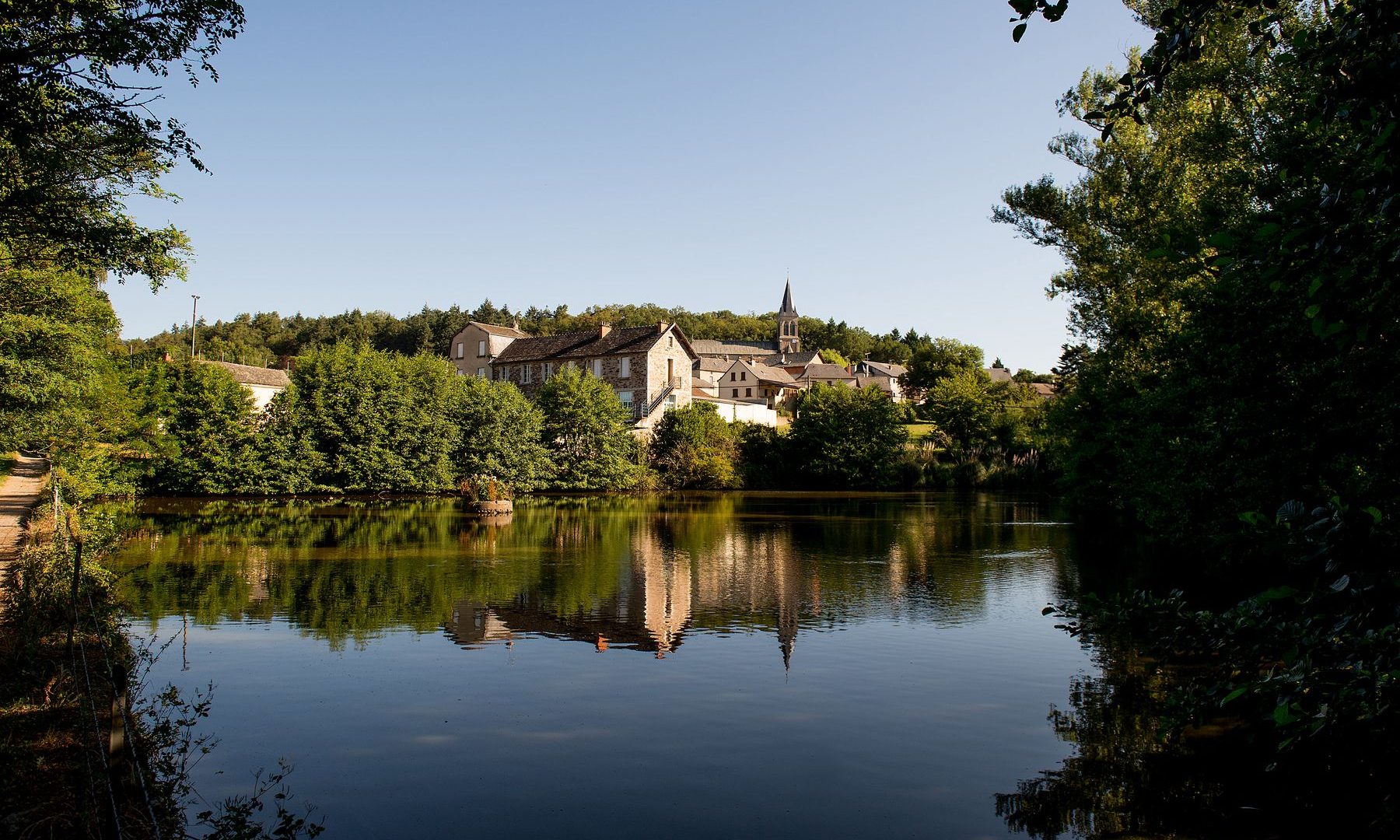Around Villefranche de Rouergue, Villeneuve and Najac, in the heart of unspoiled nature, explore many villages of character.
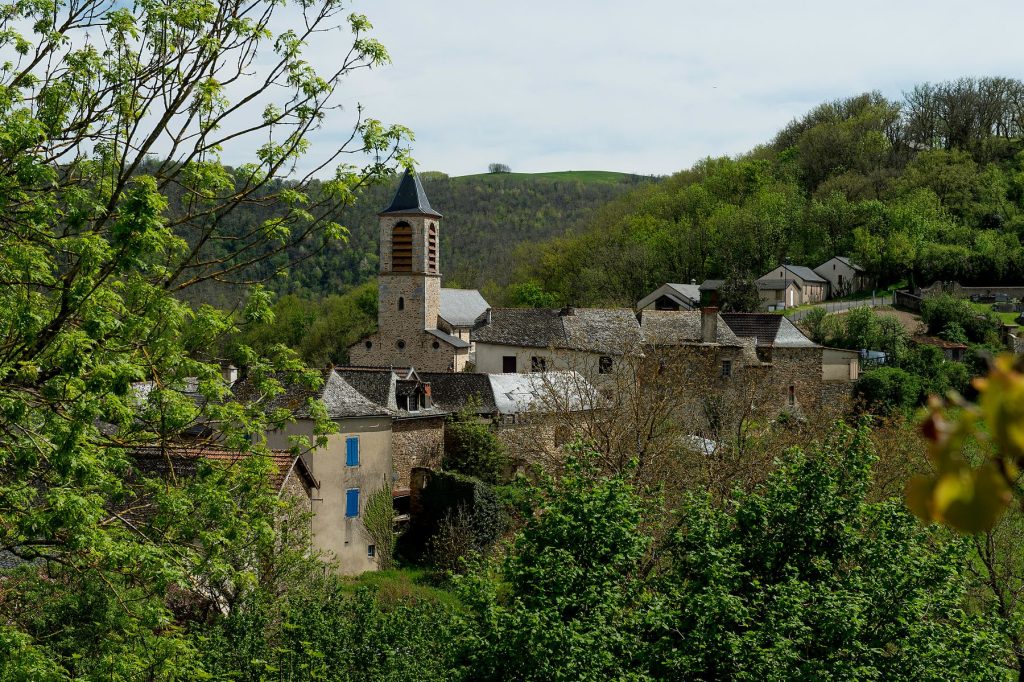
Bor and Bar
This town of 200 inhabitants is made up of two villages, Bor on the edge of the valley and Bar, further down the bank of the Viaur.
The very picturesque village retains old schist houses covered with lauzes. It is very old, since cited in 972 in the will of the Countess Garsinde de Toulouse. Each entity has its church and the town has no less than four chapels : the chapel of the Convent of the Dominicans of Bor, the chapel of Sainte Catherine in Bar, the chapel of Capitoul and the chapel of Sainte Marie.
La Fouillade
Located to the west of the Aveyron department, between the Aveyron and Viaur gorges, La Fouillade is an active and dynamic town in the heart of a green country. La Fouillade, which owes its name to its wooded environment developed on the plateau, the modern neo-Gothic church (18th century) stands on the town square. The Seren, a stream famous for its trout, is lined with mills, such as the old Martre mill which served as the Croquants' headquarters.
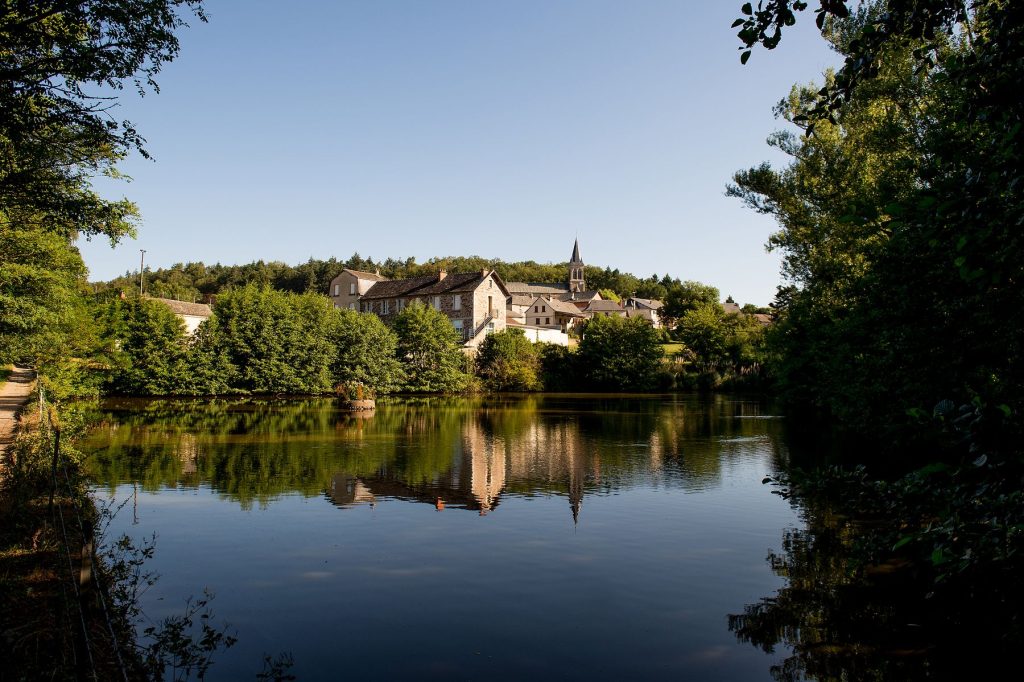
La rouquette
Located in the Assou valley, this village of 640 inhabitants was grouped around a castle of which only a round tower remains. The church built in the XNUMXth century on the other bank of the stream has a small porch and a comb bell tower.
3 kilometers to the east, on the banks of the Aveyron, stands the magnificent Orlhonnac castle. Built in the 1830th century, it was remodeled several times and in particular in XNUMX. Originally owned by the Morlhon family, it then passed to the house of Najac, to the Lautrecs, then to the Pierreforts before belonging to the Corneilhans and, by descent, to the family of Chergé who still owns it.
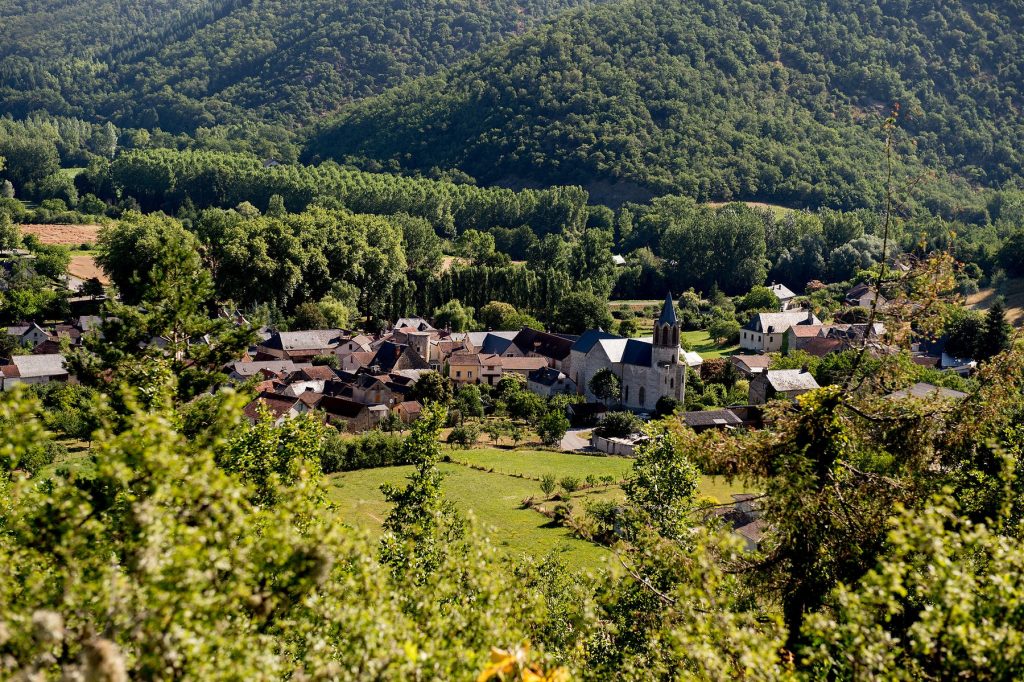
Monteils
Charming village of 610 inhabitants, Monteils occupies the alluvial plain of Aveyron. Ancient fortified village, Monteils retains some interesting remains, in particular an old access door and a square tower, part of the defense system, equipped with several cannons and battlements. The old castle, formerly located in the center of the town, has disappeared. Only a body of the building flanked by a round half-tower with a arched door remains. In the heart of the village also was located the first church which was burned by the Huguenots in 1561. It was then rebuilt outside the walls.
Dominating the village, on the edge of the valley, stands the imposing building of the convent Dominican nuns, a convent founded in 1851 where Cardinal François Marty, former archbishop of Paris, found a peaceful refuge there for his retirement. If you visit Monteils, consider taking a trip to the farm of Jacques Carles, it's a must in the southwest!
One hundred and twenty
Formerly “Sanctus Evantus”, then “San Vensa”, this village on the heights of Villefranche de Rouergue, is home to a very pretty castle of the sixteenth century.
The name of Sanvensa is a transformation of the Occitan appellation of Saint Vincent, to which the old seigniorial church was undoubtedly dedicated. The old village was built in an ovoid shape around the old farmyard of the castle.
This was built in 1575 by Jean de Morlhon, Seneschal of Rouergue.
It is a massive building, retaining a lowered square keep, with a vast main building flanked to the south by two large round towers, fitted with the corbels that once supported the battlements. The church formerly linked to the castle and closing the farmyard was rebuilt in 1757, then enlarged and remodeled in 1839 and 1879.
Martial
Vast town of 855 inhabitants, Martiel extends over the Causse du Quercy, a few kilometers from Villefranche de Rouergue and offers its visitors an impressive number of prehistoric remains with more than 30 identified dolmens. A pedestrian circuit of dolmens allows you to discover these sepulchral chambers composed of slabs arranged in the center of the tumulus.
Not far from the town, recognizable by its square tower, two other major sites: the Priory of Laramiere and its vaulted rooms as well as the beautiful and peaceful Cistercian abbey of Loc Dieu.
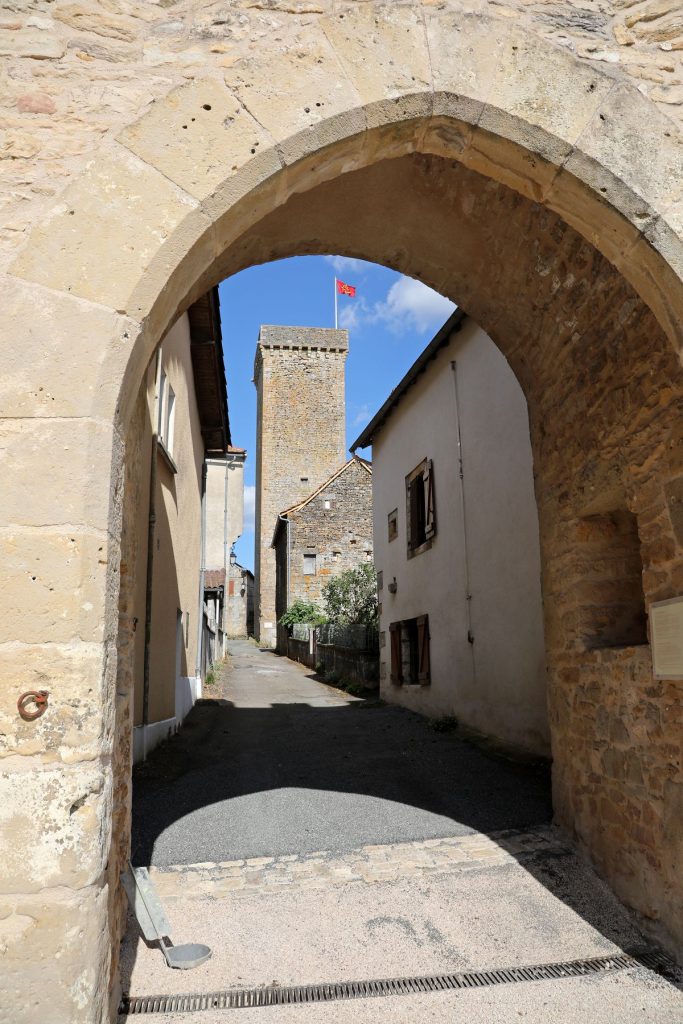
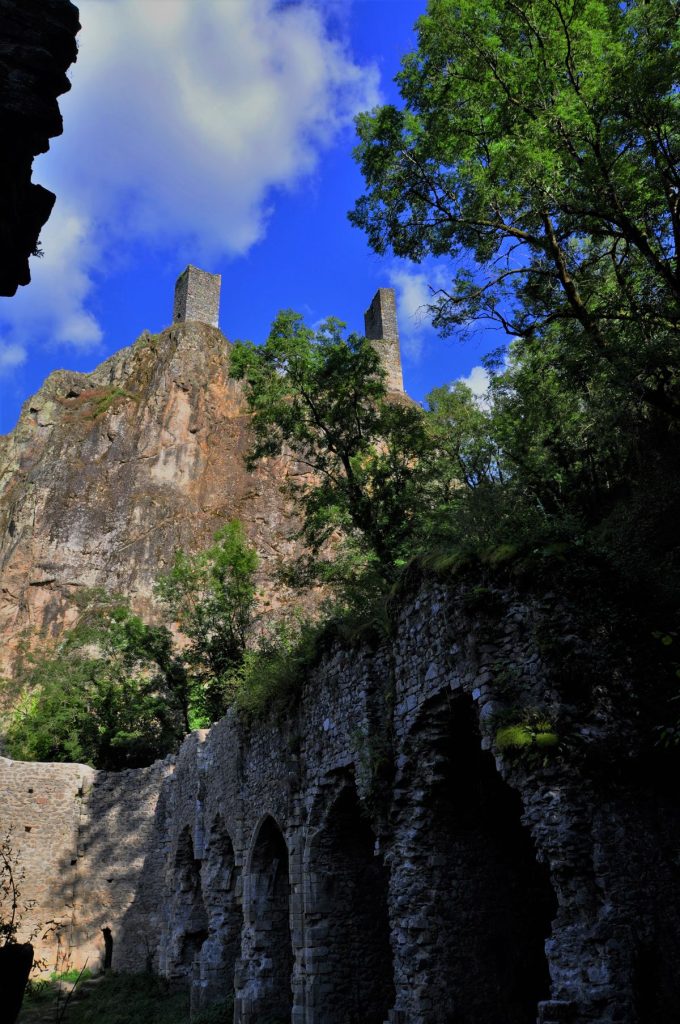
Peyrusse-le-Roc
Medieval city, on the steep and wooded edges of the left slope of the Audierne valley, Peyrusse le Roc, formerly Petrucia, offers a fortified set extremely impressive which defended a prosperous city in the Middle Ages (mines and chief town of bailiwick). The ruins of a hospital, a large church, a synagogue and two castles still offer a very interesting tour.
Important stronghold of the counts of Toulouse and then of the king of France, the city lived in the Middle Ages in great prosperity. From the XNUMXth century, it experienced decline and then ruin.
Saint-André de Najac
This commune of 375 inhabitants and 2.510 hectares occupies a very hilly territory cut by three valleys, respectively that of Aveyron, Viaur and Serène. The village does not have very old buildings, although the parish was already mentioned in 1249, depending on the abbey of Marcillac in Quercy. Saint André then belonged to the seigniory of Bar.
The church was first repaired in 1827 and then finally rebuilt in 1860, but in poor conditions. From 1886 to 1902 it had a famous parish priest in the person of Justin Bessou, poet of the langue d'oc, cantor of the Rouergate family and of his native country of Ségala.
Saint-rémy
A small village of 305 inhabitants, located on the outskirts of Villefranche, Saint Rémy has a few monuments interesting.
The church was built in the XNUMXth century and completed in the XNUMXth century. The nave was rebuilt in the XNUMXth century. Of the initial construction, only the sanctuary and the bell tower remain.
Le castle current, located on a rocky mound, dominates the village. It already existed in 1281, but was remodeled in the 1525th and XNUMXth centuries. The bishop of Rodez, then owner, sold it, it is said, to participate in the payment of the ransom of King François I in XNUMX. Later, it will belong to the Campmas family.
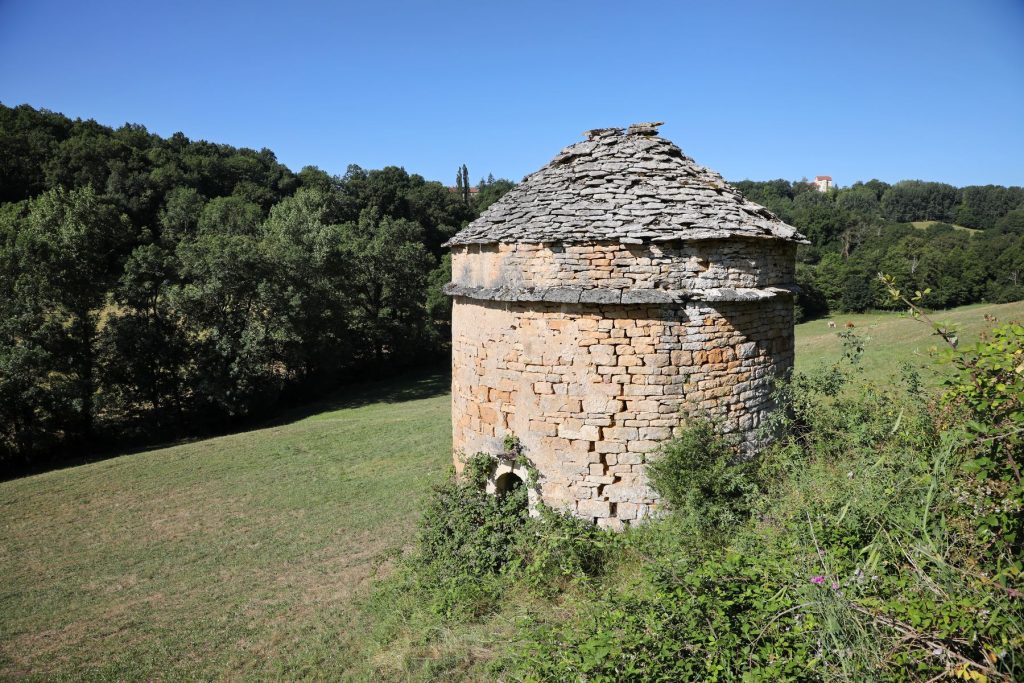
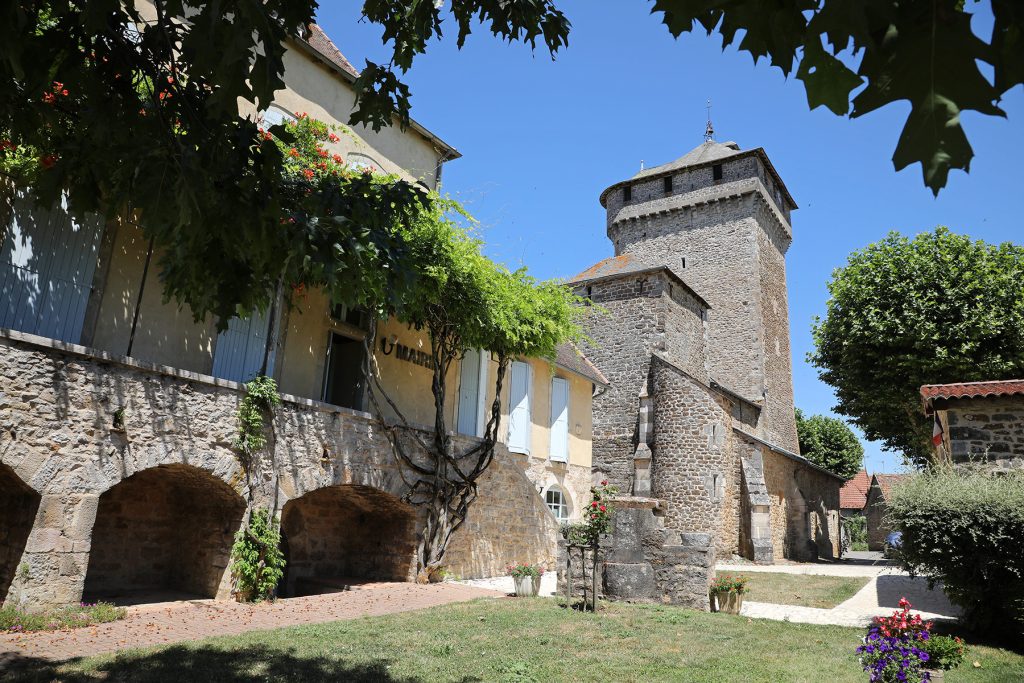
Holy Cross
You will see it from afar: the bell tower of Sainte-Croix! This surprising all square with machicolation of 30 meters in height rises above the old fortified town. Listed as a Historic Monument since 1931, this steeple-keep had five habitable floors to serve as a refuge for the inhabitants in the event of an attack and a floor dedicated to defense.
Explore the village accompanied by the voice of the inhabitants with Ears wandering.
Toulonjac
The village is organized around a gothic church, ceded by the Bishop of Rodez to the Abbey of Moissac in 1292, rebuilt in the XNUMXth century, with a steeple-porch which recalls that of the neighboring collegiate church of Villefranche de Rouergue.
The Morlhon family owned the seigniory of Toulonjac in the 1421th century, but it was the La Valette family who built the castle around XNUMX. This one, dilapidated and then repaired in the middle of the XNUMXth century, then fell into the heritage of the Pomayrols.
Between the church and the castle was a priory today perfectly restored and inhabited.
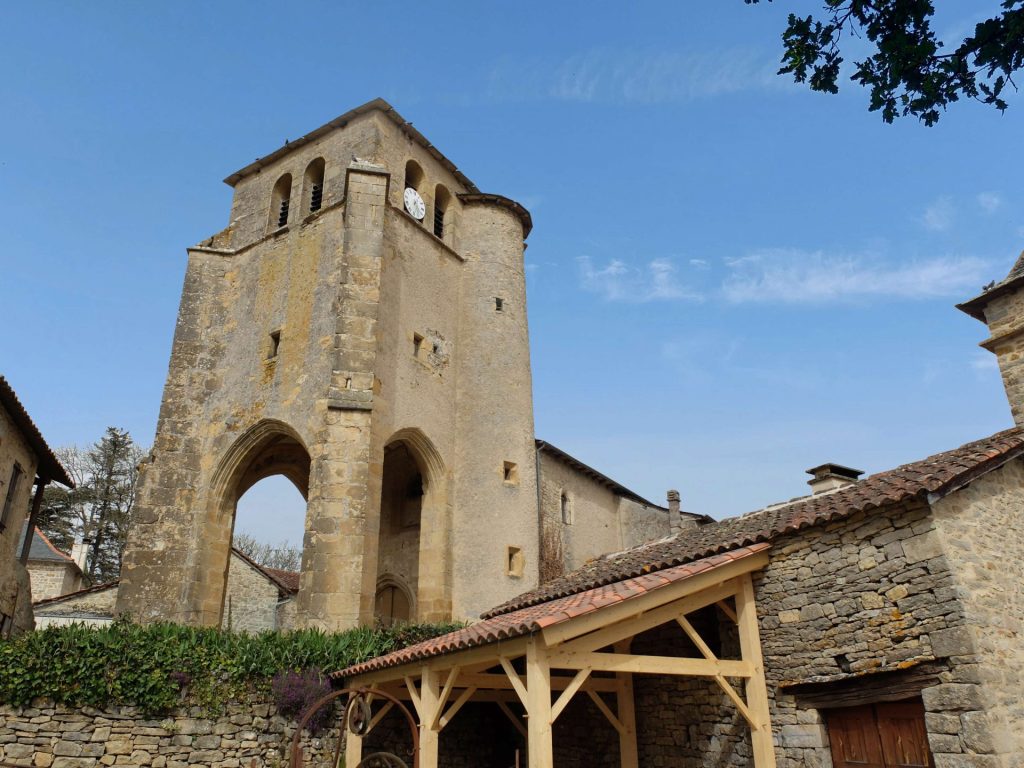
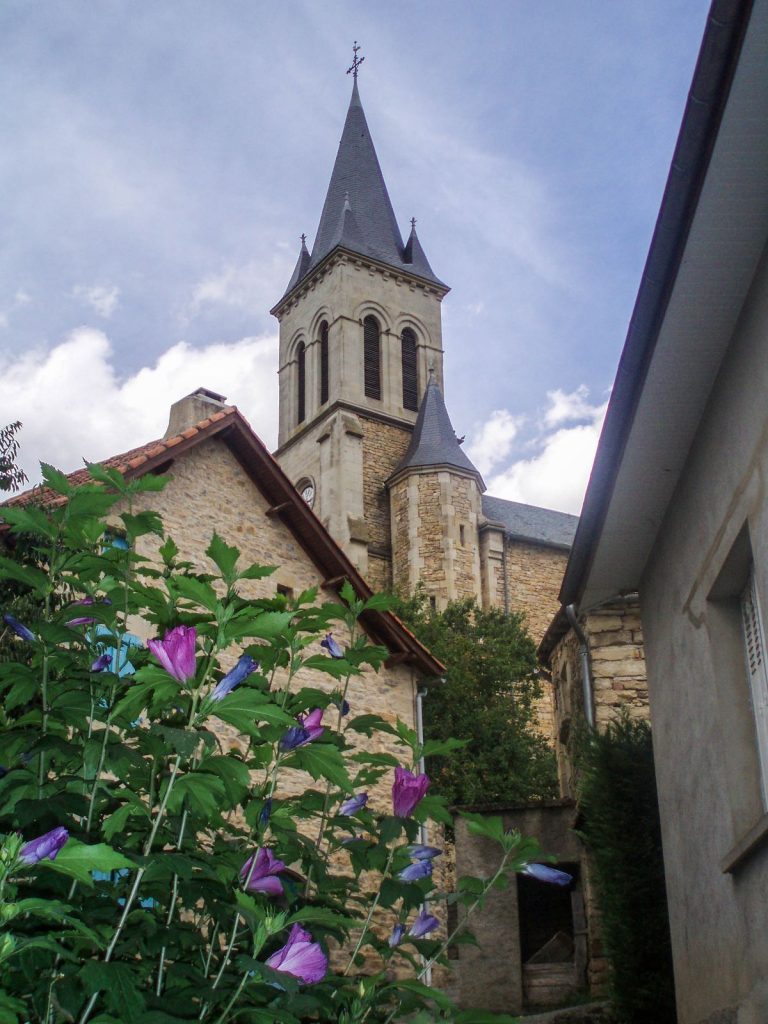
Vailhourles
Vailhourles is an old village whose houses were wrapped around the church. It was a priory dependent on the Saint Géraud d'Aurillac abbey, active and prosperous in the 1902th century, when the first church was erected. Monsignor Bourret had a new church built in XNUMX and only a few Romanesque capitals were kept and reused.
The priory was transformed into a castle in the XNUMXth century and remodeled in the XNUMXth century. It later became a presbytery, then a girls' school. Another castle, older, would have existed in the North-West of the village, but nothing remains of it.
Penne
Penne, charming medieval village, called eagle's nest or citadel of vertigo, stands like a silent sentinel above the Gorges de l'Aveyron, between Albigeois, Quercy and Rouergue. The winding streets of the village have kept the atmosphere of yesteryear and will lead you to the castle.
Built on a rocky outcrop, this medieval castle is a place whose origins date back to the time of the knights and lords of the Middle Ages. This unique site in the Midi-Pyrénées, preserved and fascinating, is aimed at both walkers and experienced medievalists. We go up to conquer the fortified castle and discover a construction site in activity, a true open history book on the construction of a castle, Catharism, life in the Middle Ages.
A beautiful human adventure that will immerse you in the heart of the life of the builders of yesteryear.
